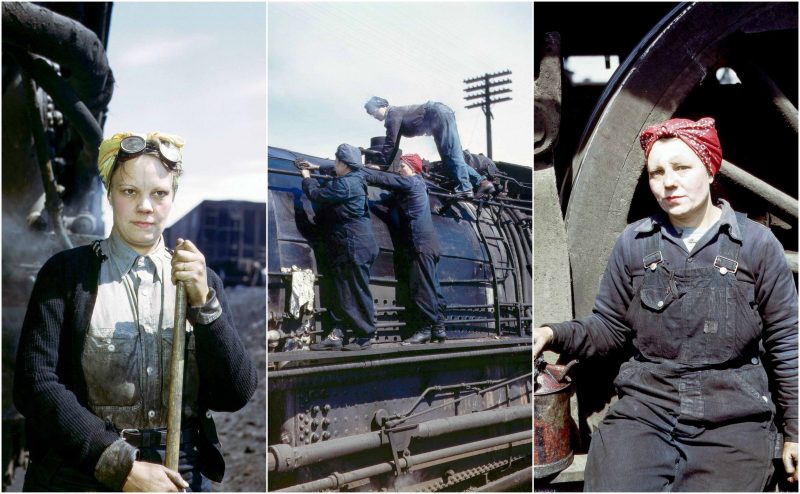American women in World War II became involved in many tasks they rarely had before; as the war involved global conflict on an unprecedented scale, the absolute urgency of mobilizing the entire population made the expansion of the role of women inevitable.
The hard skilled labor of women was symbolized in the United States by the concept of Rosie the Riveter, a woman factory laborer performing what was previously considered man’s work.
All Photos Library of Congress
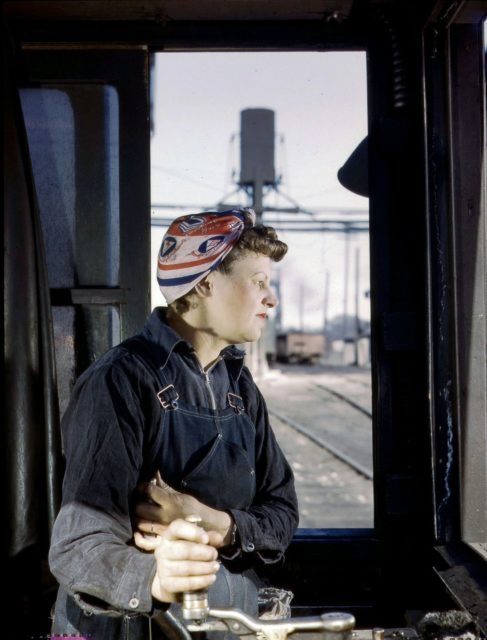
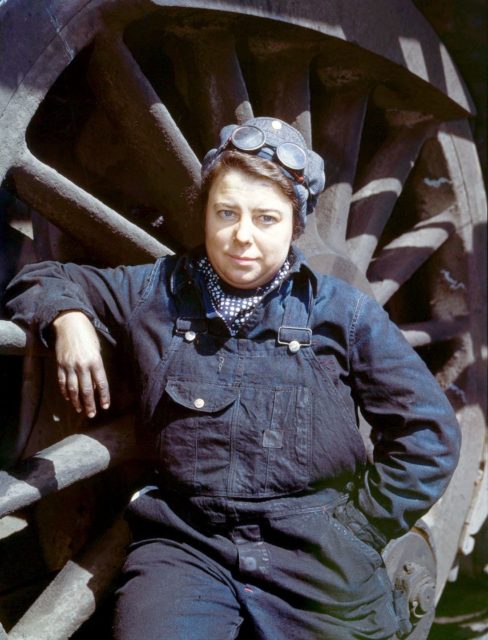
With this expanded horizon of opportunity and confidence, and with the extended skill base that many women could now give to paid and voluntary employment, American women’s roles in World War II were even more extensive than in the First World War.
Women worked in the war industries, building ships, aircraft, vehicles, and weaponry. Women also worked in factories, munitions plants and farms, and drove trucks, provided logistic support for soldiers, and entered professional areas of work that were previously the preserve of men. Women also enlisted as nurses serving on the front lines, and there was a great increase in the number of women serving for the military itself.
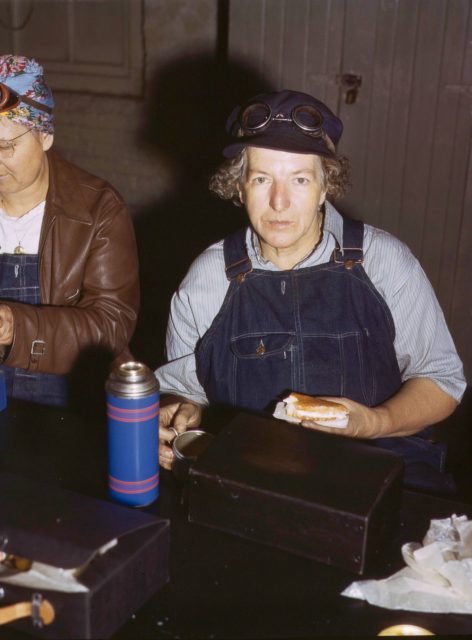
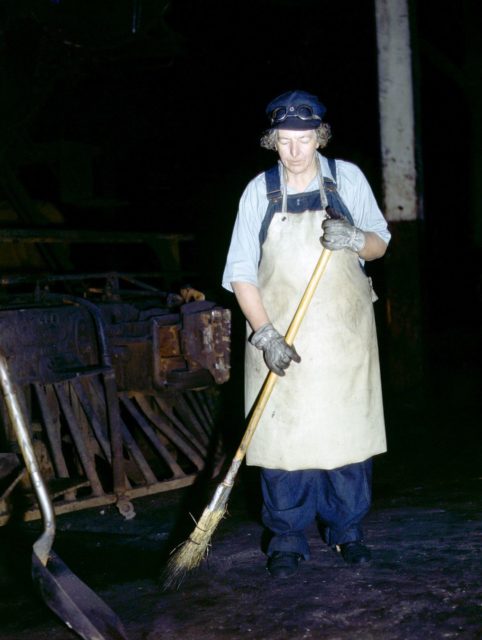
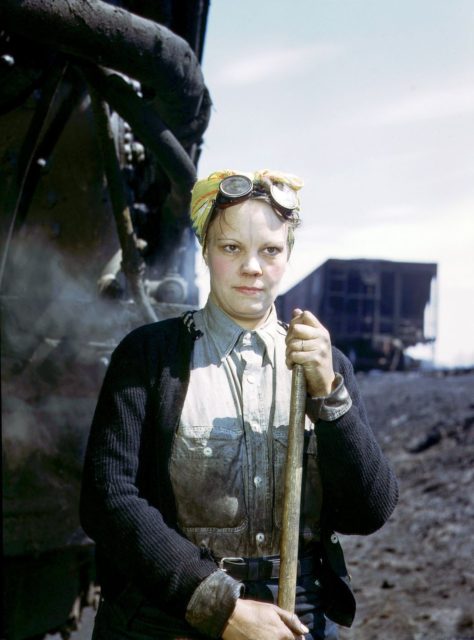
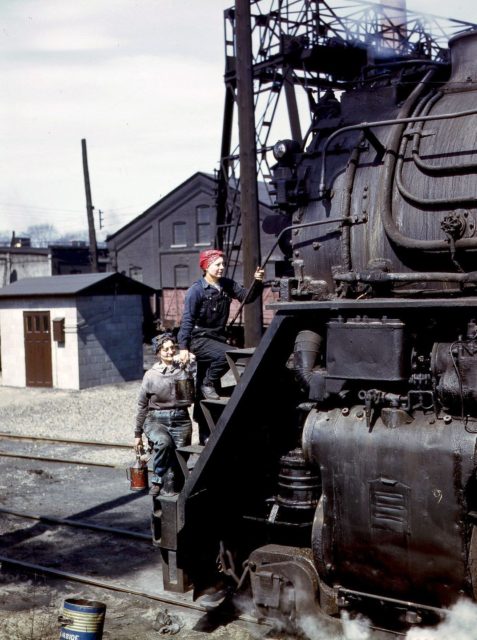
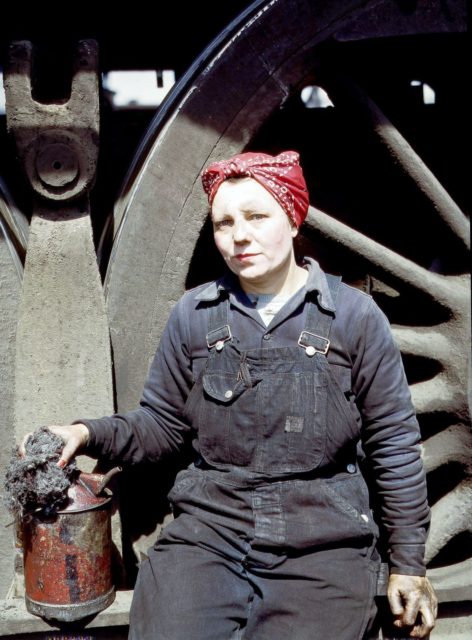
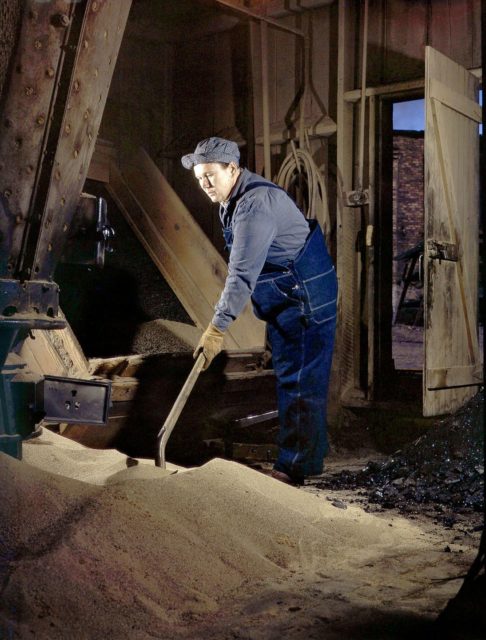
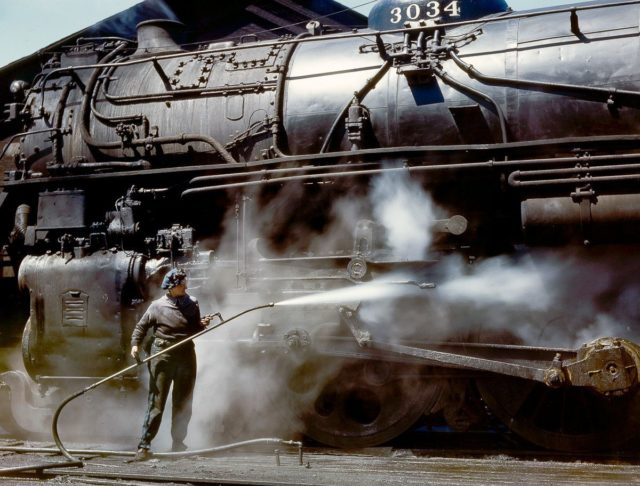
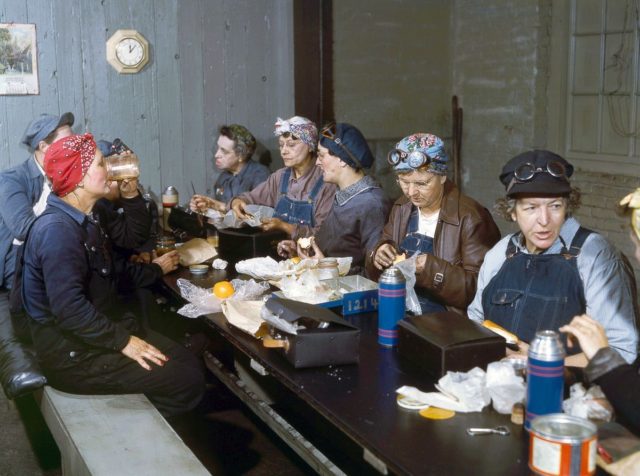
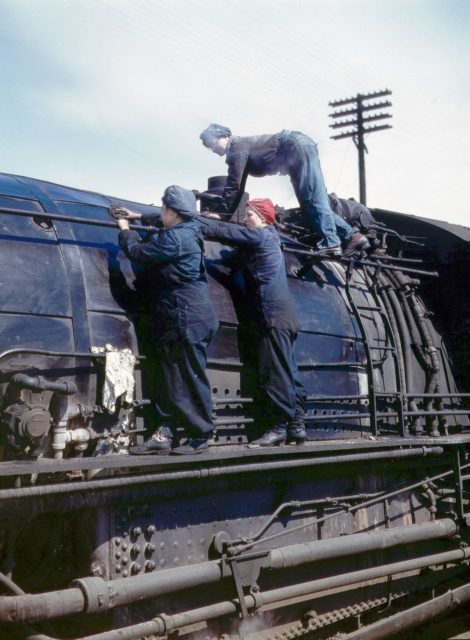
During World War II, approximately 400,000 U.S. women served with the armed forces and more than 460 — some sources say the figure is closer to 543 — lost their lives as a result of the war, including 16 from enemy fire. However, the U.S. decided not to use women in combat because public opinion would not tolerate it. Women became officially recognized as a permanent part of the U.S. armed forces after the war, with the passing of the Women’s Armed Services Integration Act of 1948.
